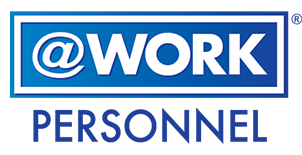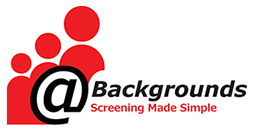1. Leverage Technology. Embrace and encourage new trends, devices, and software as they appear. Let your workers use their own devices for business purposes if they want. Why not take advantage of a productivity source you don't have to pay for? Meanwhile, provide instant "anywhere" access to workplace information. Let team members work from alternate locations with Wi-Fi when it's practical. When a member of my office manager's family is ill, it's easy to let her work from home for the day, so she can still be productive. With Wi-Fi, Evernote, and all the snazzy apps we have access to, workers can tap into work information no matter where they are. Give them a secure, reliable way to share ideas and communicate, allowing more flexibility and change-responsiveness.
2. Set and Track Efficiency Goals. Once you've pared your ideas down to size and established goals with your team, set specific schedules for achievement. As with any project, break goals into manageable pieces, each with its own milestones and deadlines. Once you've achieved a goal, retune and set a new one.
3. Measure Everything. You can better influence things when you can understand them, so keep an eye on all the metrics that matter for your team. Use an accountability system, project management software, SharePoint, a common spreadsheet on Google Docs, Outlook Task Assignments, or a scoreboarding system that tracks important team metrics. The systems you use can be off-the-shelf or proprietary; it doesn't matter as long as you use them consistently.
4. Brainstorm Regularly. Meet with your team periodically to exchange ideas on how best to achieve your strategic priorities and improve processes and procedures. Look for areas of overlap and eliminate redundancy. Discuss what your team is doing that lacks value. Remove steps that no longer apply when something changes, and make sure each person documents everything, so new people can get up to speed quickly. Remove your thought-filters and let your ideas cross-fertilize to see what kinds of interesting hybrids result. Consider concepts from other fields, and how they might apply to yours. What would you love to do if it were possible?
The Benefits of Consistent Training
For your team members to be productively efficient and effective, they need the right tools. This is an indispensable ROI tactic. Some personnel need blazing-fast computing power; others need smartphones and tablets that let them work on the go; still others might require specialized instruments to maximize their performance. Whatever the case, all of them need consistent training, undertaken as often as necessary to stay ahead of the changes rolling through your field.
No one wants to spend money if they don't have to. But remember: in business, what matters isn't what you spend now, but how much money you make later. You have to make short-term investments for long-term gain. It's all about ROI. Done correctly, training produces the extraordinary levels of ROI you need to stay ahead of the game.
Laura Stack, MBA, CSP, CPAE, aka The Productivity Pro®, gives speeches and seminars on sales and leadership productivity. For over 25 years, she's worked with Fortune 1000 clients to reduce inefficiencies, execute more quickly, improve output, and increase profitability. Laura is the author of seven books, including Doing the Right Things Right: How the Effective Executive Spends Time.

